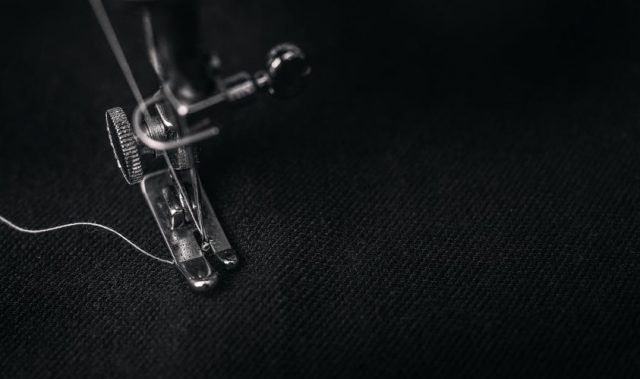
AsianScientist (Aug. 4, 2015) – In the race to produce highly stretchable conductors, researchers have developed a new technique that aligns sheets of layered carbon nanotubes along stretched rubber cores, creating an extremely flexible conductive fiber. This research has been published in Science.
From pacemaker leads to flexible displays and batteries, there is a growing need for fibers that don’t lose their conductivity upon repeated stretching, twisting or flexing. The challenge has been to create a conductive material that is highly elastic, but that maintains a high level of conductivity when distorted, which is often not the case for existing materials that use variations of nanofibers, graphene, fiber and rubber.
In the present study, researchers from the Jiangnan Graphene Research Institute have dramatically improved upon these other materials by stretching rubber fiber cores to roughly 1,400 percent and then aligning a sheath of carbon nanotubes in parallel to the strained core. Upon relaxation of the core, the nanotube sheath will buckle but will not break.
This technique offers an impressive stretch-to-conductivity ratio, where there is less than a five percent decrease in electrical conductivity when the material is stretched by 1000 percent. The team has already taken this technique one step further by creating a more complicated combination of materials that uses a second layer of rubber.
This allows for a high degree of twist within the combined materials, which could be used to control movement in artificial muscles. By creating significantly more efficient materials, this research could have a substantial impact on future medical devices, optical elements and robotics.
The article can be found at: Liu et al. (2015) Hierarchically Buckled Sheath-Core Fibers for Superelastic Electronics, Sensors, and Muscles.
———
Source: The Alan G. MacDiarmid NanoTech Institute.
Disclaimer: This article does not necessarily reflect the views of Asian Scientist or its staff.












